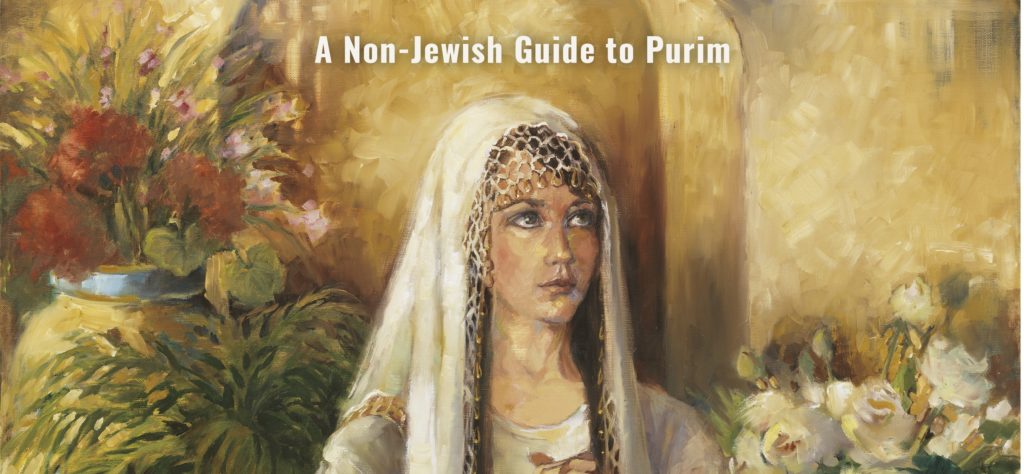There is an entire Jewish holiday dedicated to honoring and celebrating the story of Esther and it is the celebration of Queen Esther and how she miraculously saved the Jewish people.

Esther, a humble Jewish girl, caught the eye of King Ahasuerus—who had just sentenced his previous wife to death for not following his orders—and soon became his new queen. Esther did not reveal her nationality to the king at this time. The current prime minister of the empire, Haman, was an anti-Semitic who sought the death of Mordecai, Esther’s cousin. Haman was angry that Mordecai refused to bow down to him and convinced the king to issue an extermination order against the Jews. The name Purim, or “lots,” came from Haman choosing the 13th day of the month as the date of the extermination by doing a lottery.
Mordecai convinced all of the Jews to repent, fast and pray while Esther asked the king to join her for a feast. Approaching the king without being summoned was not allowed and if the king had been unhappy with Esther for doing this she could have been killed. With great faith, Esther revealed her Jewish heritage to the king during the feast and pleaded with the king to stop Haman’s plans. The king listened to Esther and instead of killing her, he had Haman killed and issued a new decree allowing the Jews the right to defend themselves.
Purim this year is on March 9.
The story of Purim takes place more that 2500 years ago:
The story of Purim takes place more that 2500 years ago:
| In the year 3338 (423 BCE) the first Holy
Three years later Ahasuerus throws the feast which leads to his wife Vashti's execution. A beauty pageant is orchestrated to find a new wife for the king;
Haman is hanged only a few days later, but the Jewish victory against their enemies occurs on the 13th of
In the year 3408 (353 BCE), King Darius, son of Ahasuerus and Esther, allows the Jews to return to Israel and build the second Holy Temple.
|
No comments:
Post a Comment